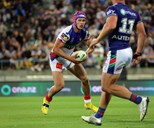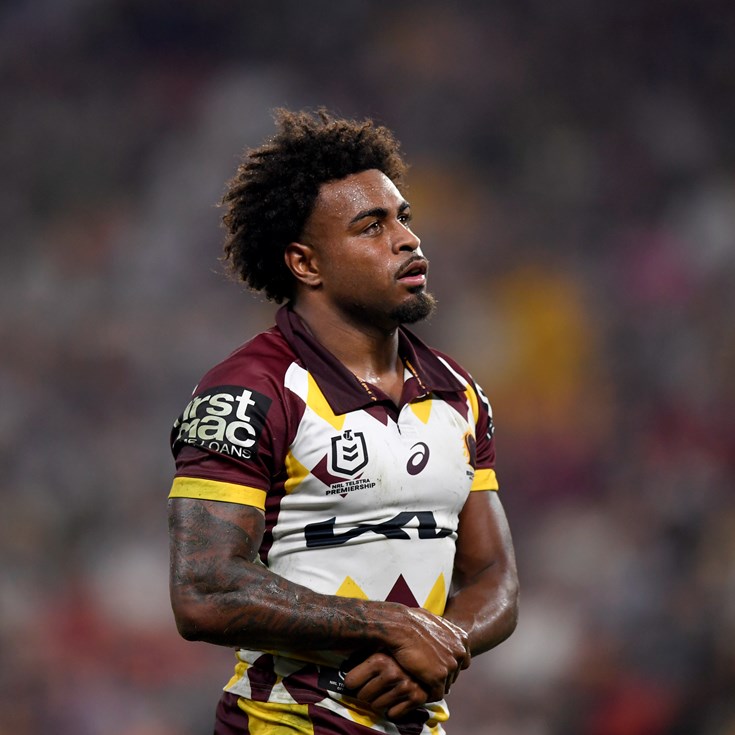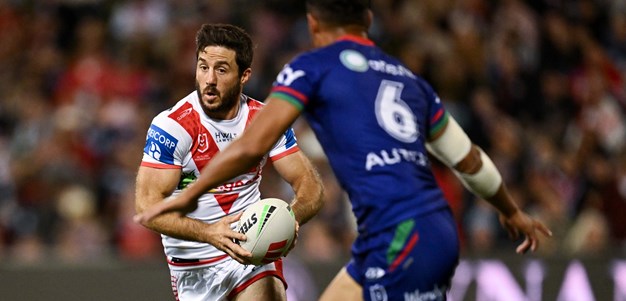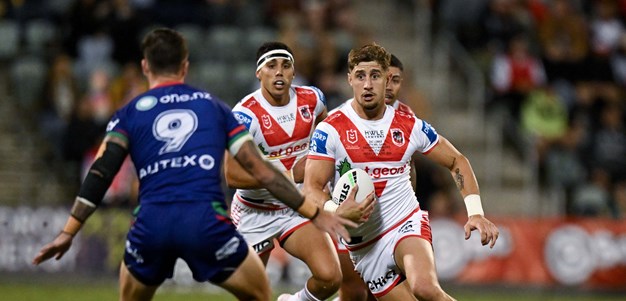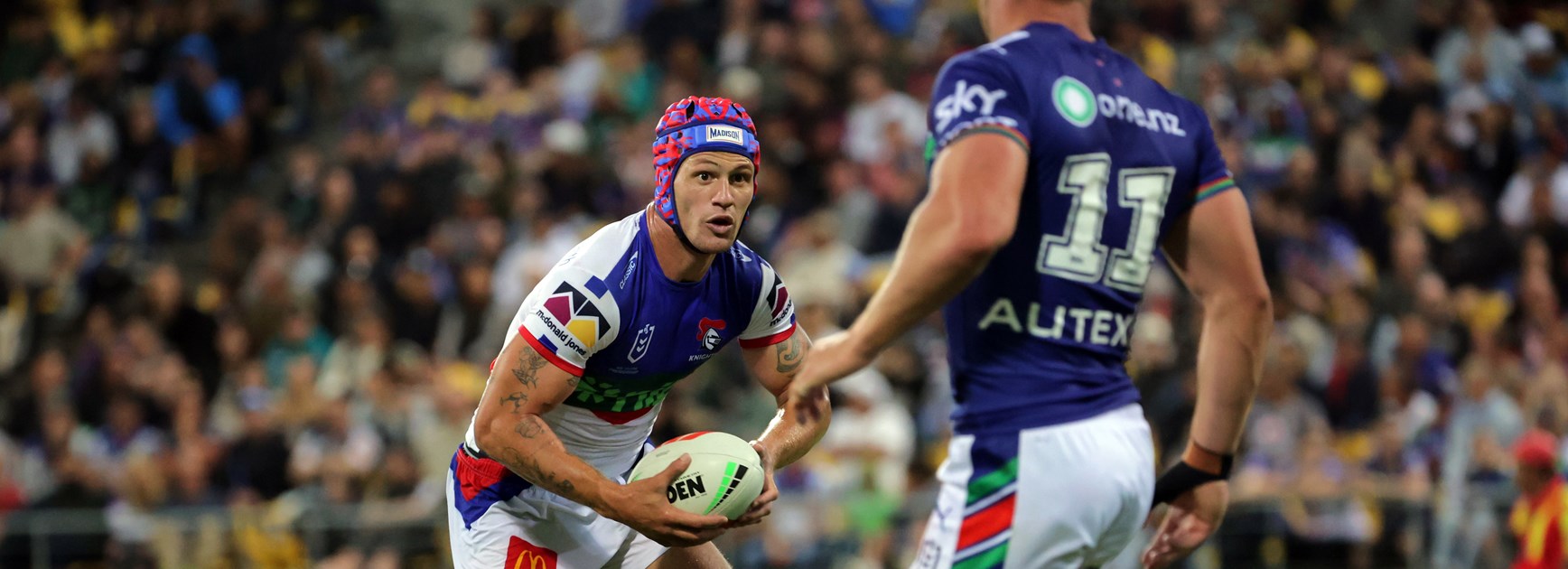
NRL head of football Graham Annesley says independent doctors would continue removing players from matches and declared the reason clubs wanted a third party to make HIA calls was because they don’t trust each other.
The role of the NRL’s independent doctors was thrust into the spotlight last weekend after they called five players, including Newcastle’s Kalyn Ponga, Canberra’s Sebastian Kris and Canterbury’s Jacob Kiraz, from the field for HIAs.
A further 14 players were taken off for HIAs by club doctors and Raiders coach Ricky Stuart and Dolphins mentor Wayne Bennett were among those to claim there was no need for independent medicos.
Kiraz HIA explanation
However, Annesley said the independent doctors were introduced as an added layer of protection for players who may have suffered a head knock and worked with their club counterparts to determine if a player should be ruled out of the match.
“It used to be left with clubs and the clubs were screaming for us to introduce independent doctors,” Annesley said at his Monday media briefing on incidents from the weekend’s round of matches.
The primary reason they were calling for us to introduce independent doctors is that the clubs don’t trust each other.
“You would have a player come off for a HIA under the old system and another club would say ‘they were just rorting the interchange’, so they don’t trust each other.
“This is not our reason for introducing independent doctors, but the reason the clubs wanted independent doctors is so that it didn’t become solely a club decision and someone else could decide if a player needed to come off the field or not.”
Stuart said after Saturday night’s 19-18 loss in North Queensland that the NRL and RLPA “don’t trust coaches”.
“Do you think I’d let a player play if he has a concussion or is concussed,” Stuart said.
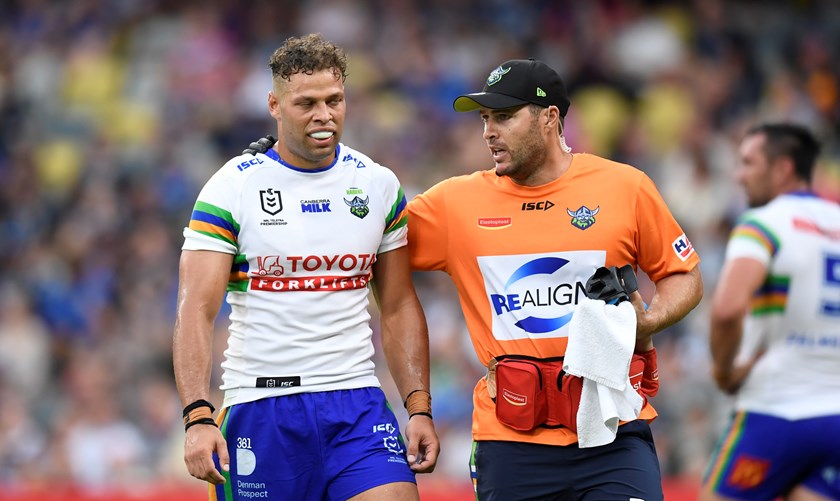
Knights coach Adam O’Brien took umbrage at Ponga being forced to leave the field in the dying stages of Friday night’s 20-12 loss to the Warriors.
Bulldogs mentor Cameron Ciraldo was unhappy that Kiraz had been removed during Saturday’s 31-6 defeat by Manly, with his team a man down after Kyle Flanagan was sinbinned.
However, Kiraz said on Monday that while he was frustrated by the call, “they are just trying to look after us”.
Annesley showed footage only seen previously by the independent doctor of Kiraz making a mis-step as he tried to get back onto the wing following a heavy tackle.
HIA rules explained
“The NRL’s motivation was to make sure we don’t miss incidents like that in the helter skelter of what is going on down on the sideline, with doctors treating other injured players and not actually being able to watch what is happening on the field.
“There is no perfect system. We have got what we think is a very good system of identifying players who may have suffered some kind of head injury, and they can come off the field to be properly assessed by a club doctor.
“Of the 19 HIAs that we had across the course of the weekend, 14 of the 19 were initiated by club doctors so the club doctors are very diligent. But there were five others that weren’t seen by the club doctors.
“The whole objective of this is to try and make sure we catch them all between the independent doctor at the bunker, who is in communication with the club doctors at the venue.”
The role of the independent doctors was initially to advise club doctors to review an incident and decide whether a player should come off.
'They are just trying to look after us': Kiraz
However, the club doctor would sometimes be in the dressing room attending to another injured player and there could be a lengthy delay.
There are two injury spotters with the independent doctor in the NRL Bunker, who review camera angles to determine whether a player should be assessed by their club doctor.
If unsure a trainer can be sent on to the field to check on the player.
Club doctors have the final say on Category 2 HIAs, which are determined if a player displays the following signs:
- Lying motionless for two to five seconds
- Possible impact seizure
- Possible tonic posturing
- Possible motor incoordination
- Slow to stand (15 seconds)
- Suspected facial fracture
An independent doctor can rule a player out of the match if they display more severe Category 1 HIA signs, which include:
- Lying motionless for more than five seconds
- Motor incoordination - balance disturbance
- Impact seizure
- Tonic posturing
- Lack of protective action in falling to the ground- floppy
- Blank/vacant look
- Behavioural change
“We would all rather they err on the side of being conservative in regard to the health of the player, as opposed to the player stays on the field and gets another, more serious knock,” Annesley said.
No one does this to be a nark or take a team’s best players off the field.
“You will get over a muscle injury, you will get over a broken bone but when you are talking about the impact of the head and the long-term repercussions that could have, well after his career has finished, then we have to take a safety-first approach.
“I’m the first to understand without any question that there is no good time for this to happen. There are some occasions when it is the worst time for it to happen.
“It might be late in the game or the game is close so to lose a player to a HIA ... there is no convenient time for that to happen.
"But we can’t have doctors – whether they be club doctors or doctors in the bunker - making decisions based on the status of the game or [because] there are only a few minutes to go so we’ll just leave him on.
“They have to make a decision based on what they see and what action they think is required.
"If that means that any team loses a player, whether that’s a key player at an inopportune time, it is no different to losing a key player at an inopportune time with any other type of injury.”
Kiraz was taken from the field for a HIA after a heavy tackle in Canterbury’s match against Manly and initially didn’t want to go. He was later cleared to return.
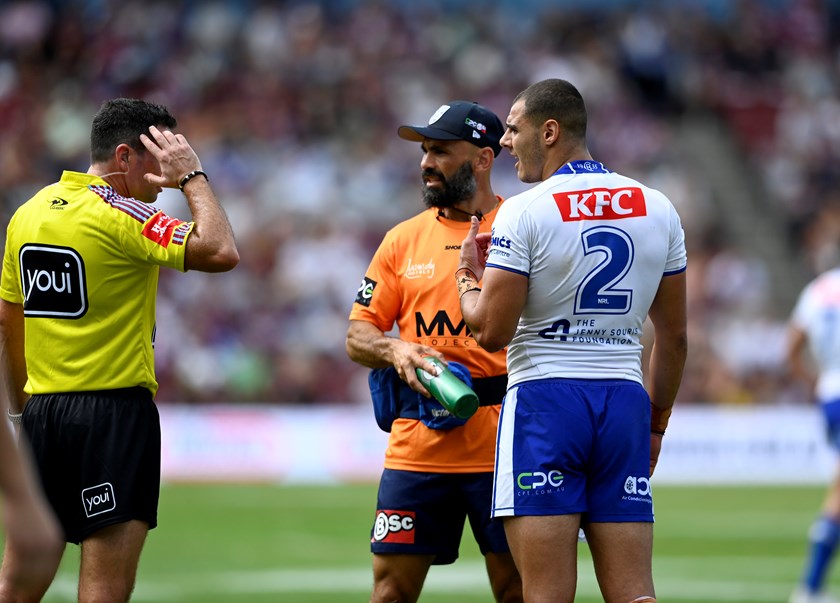
“I might have got whiplash a bit, but I was fine after it,” the Bulldogs winger said. “I looked confused when the physio told me I had to get off but obviously I found that they told me to go off.
“I know that their intentions aren’t bad, they don’t obviously want to get me out of the game, but at the time it was a crucial moment. I was fine, I ended up passing the test and went back on in the second half.
“As a player I was frustrated, I wanted to get back on, but after it I realised that they are just trying to look after us. I understand it was a crucial moment but there was nothing I can do.
“Obviously this stuff is going to happen, there are going to be players sent off by the independent doctor, so I just think as a team we need to be able to handle it better.”

